Picture a period centuries ago, when Odisha was not only spiritually and culturally affluent but also full of riches. These riches drew numerous invasions by plunderers in search of riches and power. In the midst of all this turmoil, Lord Jagannath and his divine brothers, Lord Balabhadra, Devi Subhadra, and Lord Sudarshana, set out on clandestine journeys—tenderly referred to as ‘Gopana Leela,’ the secret pastimes of the Lord.
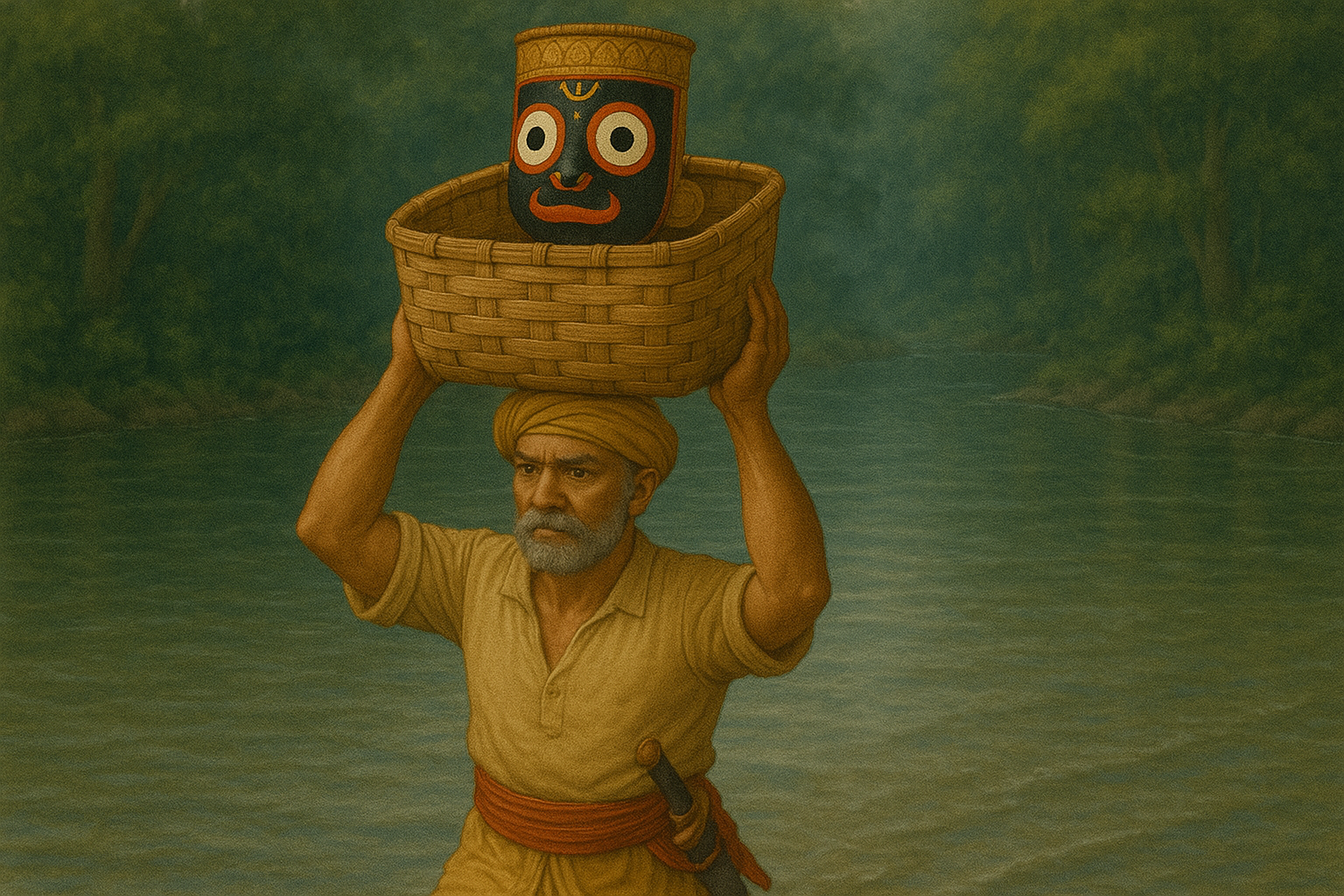
Between 670 AD and 1733 AD, the sacred idols of the Jagannath Temple in Puri were repeatedly targeted by invaders determined to loot and desecrate the sanctity of these revered symbols. Devotees courageously transported these idols through perilous water and dense forest routes, finding refuge in secret sanctuaries. Over nearly 1,000 years, these idols were relocated 18 times to 16 safe havens, out of public view, allowing worship and rituals to continue uninterrupted, albeit clandestinely.
Places of Secret Refuge
The idols found shelter in various locations, each with its own compelling story:
- Hatipada (near Chilka Lake): Initial refuge during Kalapahad’s assault.
- Garh Kujanga: Vaishnava devotee Bishar Mohanty safeguarded the divine Brahma essence here.
- Khordha Garh: The sacred Brahma was housed by King Ramachandra Dev.
- Chhapali: A remote sanctuary deep within the forests.
- Banpur: Hid idols amidst dense woodlands.
- Gopali: Known for its secretive caves.
- Ganjam: Temporary refuge amid coastal threats.
- Kenduli: Provided seclusion and spiritual calm.
- Athgarh: Protected by loyal warriors.
- Kapileswarpur: Surrounded by devotional communities.
- Tikali: Remote and inaccessible terrain.
- Marada: Offered hidden trails and secrecy.
- Chikiti: Guarded by natural barriers and dense forests.
- Sorada: Renowned for devotion and loyalty of local populace.
- Manikapatna: A fortified and hidden coastal outpost.
- Nayagarh: Last known refuge before returning permanently to the temple.
A Miraculous Encounter at Ramachandi Temple
One dramatic event occurred when invader Kalapahad targeted Ramachandi temple after devastating the Sun Temple at Konark. A mysterious maid-servant cleverly distracted him, allowing Goddess Ramachandi to escape, floating gracefully in the Kushabhadra river. Unable to pursue, Kalapahad retreated, marking a miraculous victory commemorated by locals through an Odia couplet:
“Bhalaa Ramachandi bhala re, Kalapahadaku duare basei, Bhalaa pani aani galaare.”
“ଭଲ ରାମଚଣ୍ଡୀ ଭଲ ରେ , କଳାପାହାଡ଼କୁ ଦୁଆରେ ବସେଇ , ଭଲ ପାଣି ଆଣି ଗଳାରେ“
The Fate of the Jagannath Idols
Kalapahad then pressed towards the Jagannath Temple, forcing the servitors to move the idols to Hatipada secretly. Discovering their hideout, Kalapahad carried the idols to the Ganges to destroy them by fire. Miraculously, his own body fractured, prompting him to cast the idols into the river. Bishar Mohanty later recovered the sacred Brahma from the downstream area, safeguarding it at Garh Kujanga.
For seven years, devotees worshipped the Brahma until King Ramachandra Dev re-established it at Khordha Garh in 1575 AD. The following year, new idols were consecrated in the Jagannath Temple, marking a triumphant return.
Sarana Srikhetra Jagannath Temple: Refuge in Marda
Due to attacks by Muslim invaders, the deities of the Puri Jagannath Temple were housed in the Sarana Srikhetra Jagannath Temple in Marda, Mathura Village, Ganjam district, for 282 years, from December 29, 1733, to April 1736. The Puri temple lost importance during this period, which had an impact on pilgrimage and income, leading the local government to reconsider its upkeep.
Gajapati Ramchandra Deb, the king of Puri, gave the order to move the gods covertly to Marda, where masons constructed the temple in forty-five days. It was guarded by 300 armed soldiers. Jagannath Harichandan Jagadev, the ruler of Athagada, left the temple empty in 1736 to commemorate the return of the deities. In keeping with this custom, no musical instruments are played during Rath Yatra to prevent being discovered by Mughal spies. Despite daily rituals performed by priests since then, the temple has not celebrated Rath Yatra with grandeur, maintaining a solemn atmosphere.
Enduring Faith and Devotion
The ‘Gopana Leela’ tales are the finest instances of unflinching devotion, courage, and determination still reigning in crores of followers to this day. They are a testament to the everlasting protection that accompanies faith, maintaining tradition and spirituality intact even in the worst of times.
Every year, pilgrims who arrive in Puri for Rath Yatra recall such tales, recounting divine assurances that courage and devotion are always going to prevail over adversity.
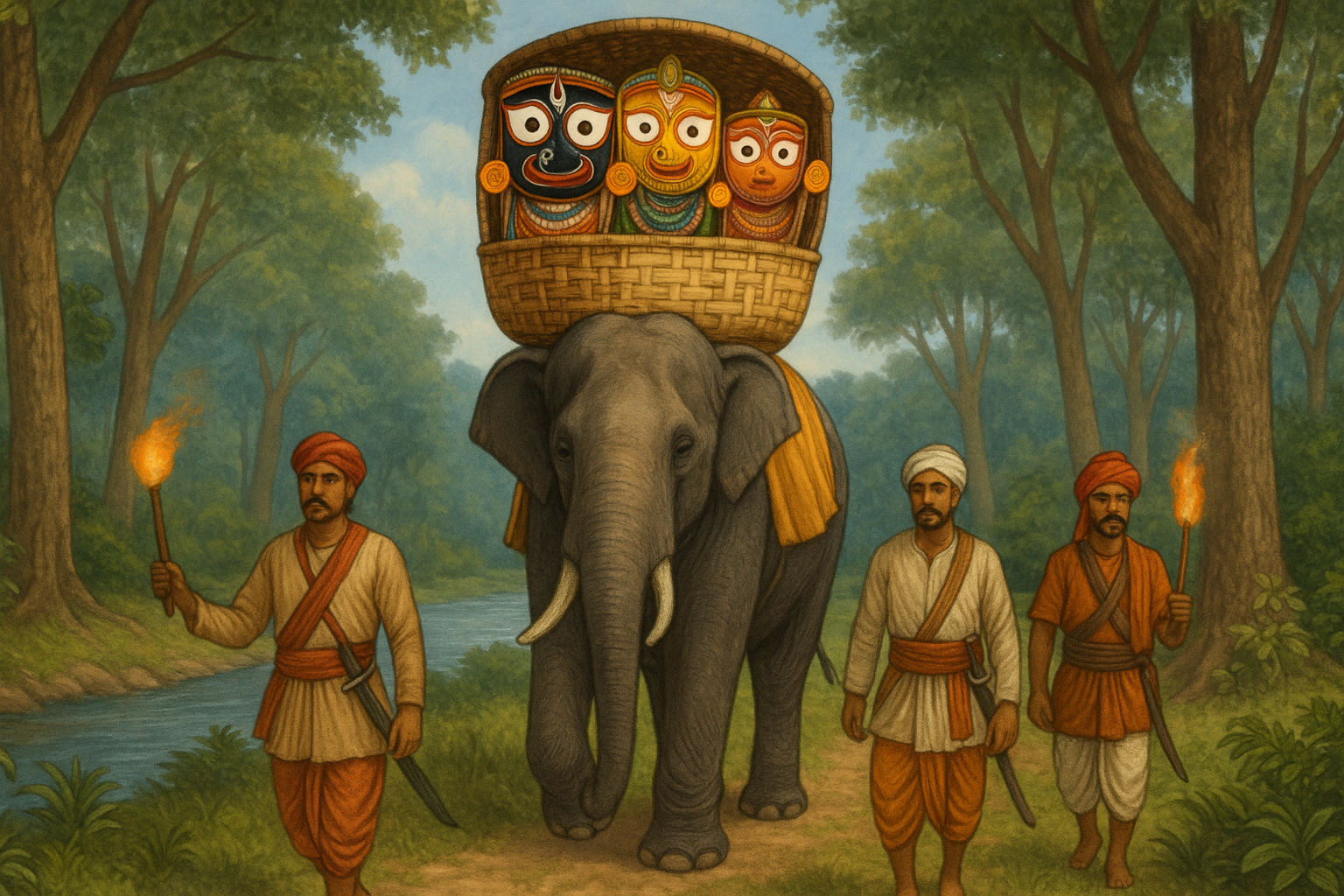
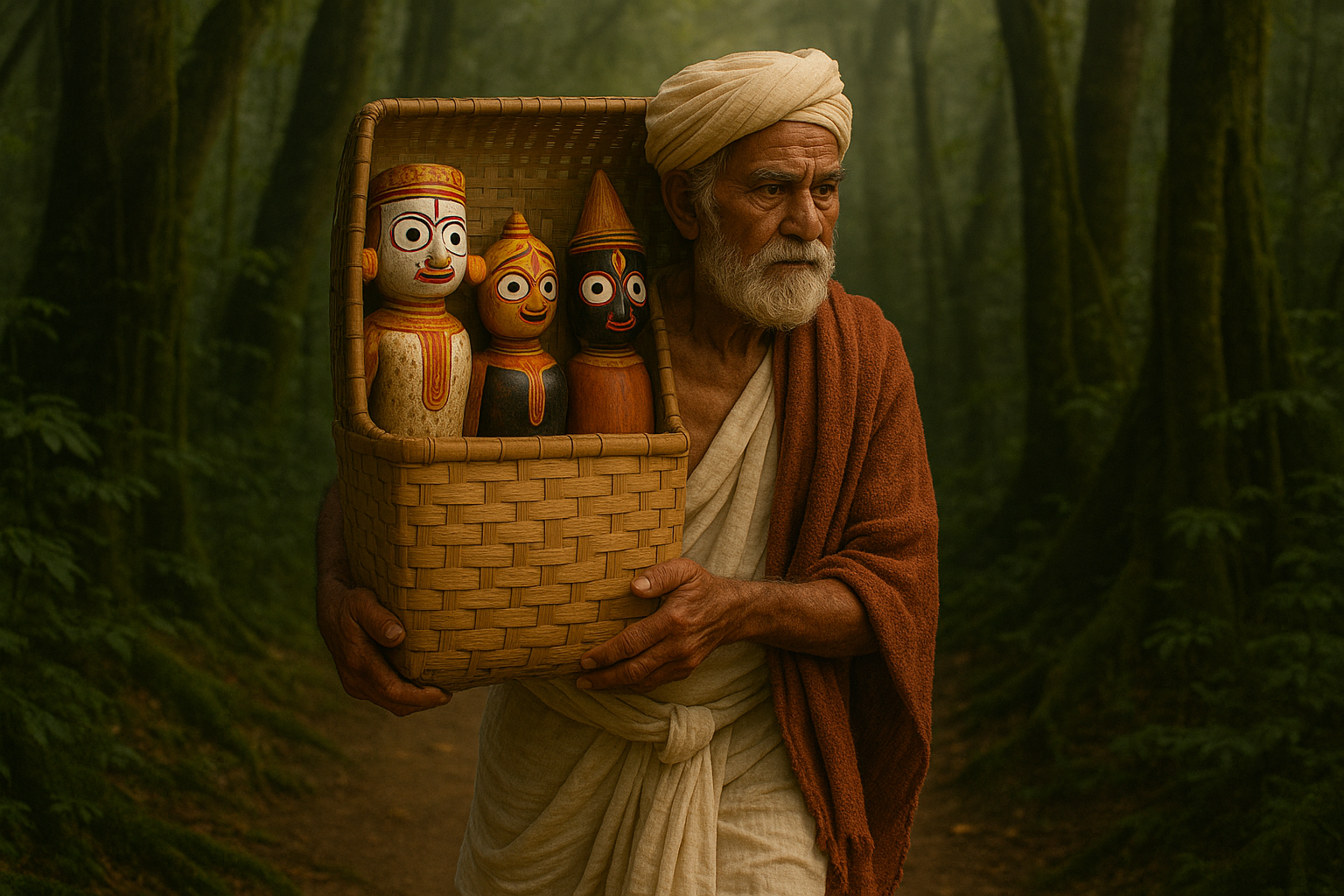
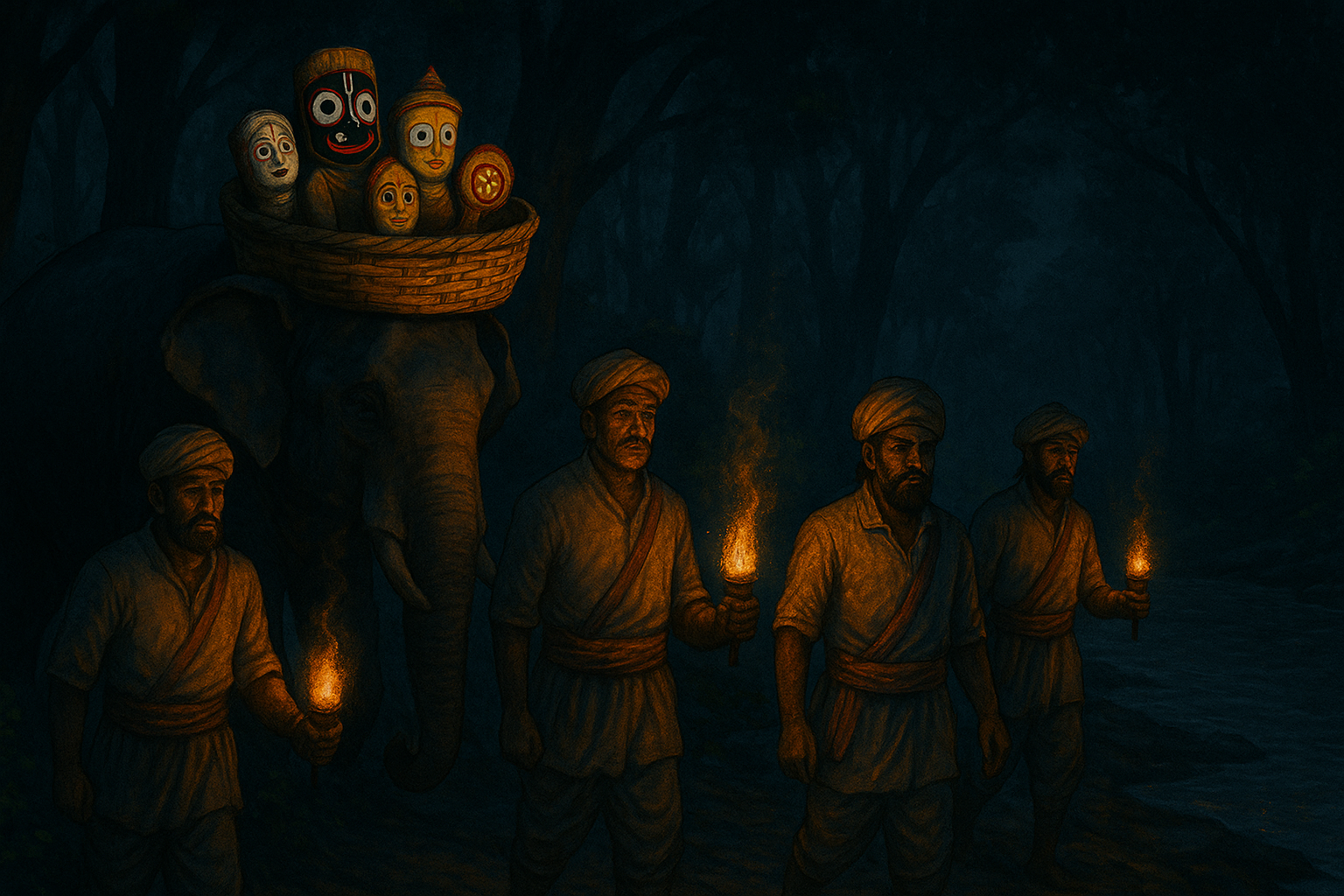

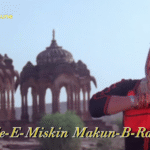








I loved it !! It is written in such a detailed manner and paves a way for the present generation of the Odia community to connect with their roots and learn more about the history of our state.
Thanks for appreciating…means a lot
order weed gummies discreet private delivery